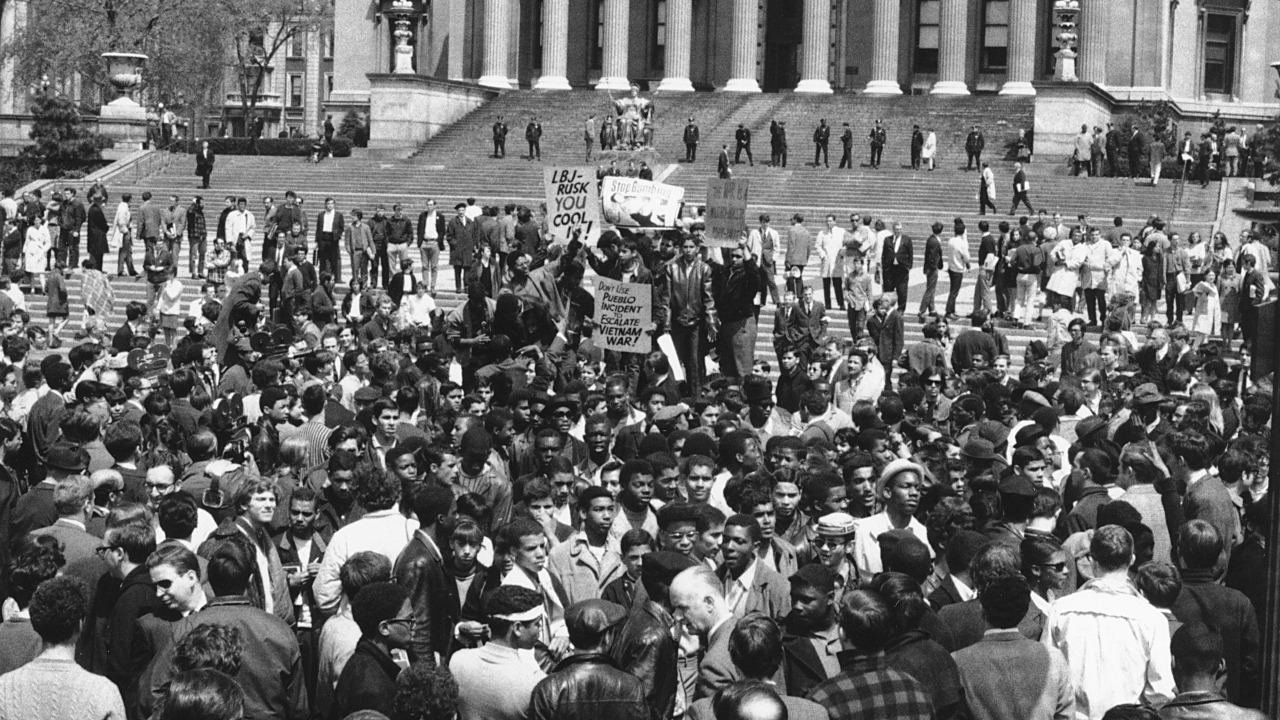NEW YORK (AP) — College students taking up space and making demands for change. University administrators facing pressure to get things back under control. Police brought in to make arrests. At other schools: students taking note, and sometimes taking action.
Columbia University, 2024. And Columbia University, 1968.
The pro-Palestinian demonstration and subsequent arrests at Columbia that have set off similar protests at campuses nationwide these days and even internationally aren’t new ground for students at the Ivy League school. They’re the latest in a Columbia tradition that dates back more than five decades — one that also helped provide inspiration for the anti-apartheid protest of the 1980s, the Iraq war protests, and more.
“When you’re going to Columbia, you know you’re going to an institution which has an honored place in the history of American protest,” said Mark Naison, professor of history and African & African American Studies at Fordham University and himself a participant in the 1968 demonstrations. “Whenever there is a movement, you know Columbia is going to be right there.”
Students are aware of the history
It’s part of Columbia’s lore, students taking part in this month’s demonstrations point out — recognized by the school itself in commemorative anniversary programming and taught about in classes.
“A lot of students here are aware of what happened in 1968,” said Sofia Ongele, 23, among those who joined the encampment in response to this month’s arrests.
The end of an academic year was also approaching in April of that year when students took over five campus buildings. There were multiple reasons. Some were protesting the university’s connection to an institute doing weapon research for the Vietnam War; others opposed how the elite school treated Black and brown residents in the community around the school as well as the atmosphere for minority students.
After several…
Read the full article here



